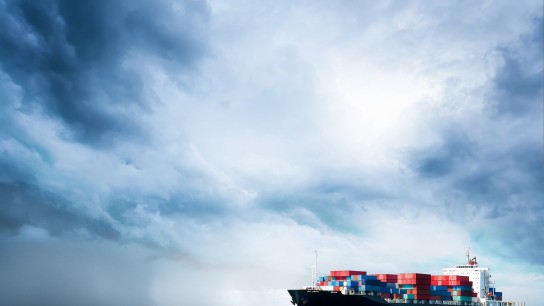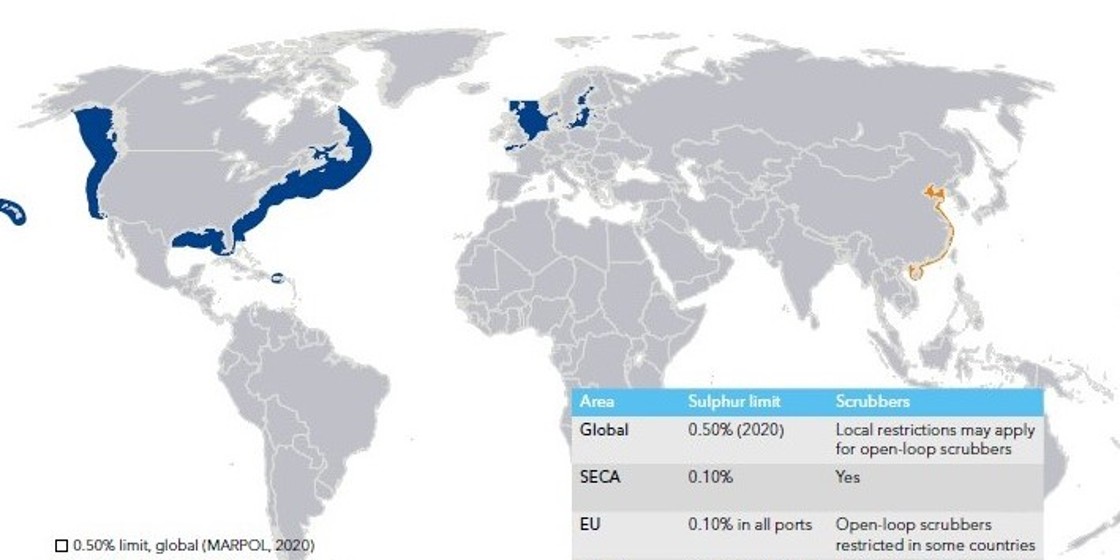On 1 January 2020, the International Maritime Organization (IMO) implemented a regulation for a 0.50% global sulphur cap for marine fuels. Previously limited to 3.50%S, this new regulation is an effort to reduce the amount of sulphur oxides released into the air.
The Emission Control Areas (ECAs) will remain at the 2015 standard of 0.1%S. In addition, MARPOL Annex VI was amended to set more stringent NOx emission standards, especially for vessel operation in designated ECAs. Engines rated above 130kW installed on vessels operating in ECAs are subject to the Annex VI Tier III NOx standards while operating in the ECA.
The IMO 2020 sulphur cap aims to promote green practices within the industry; fortunately, already established measures have paved the way for more environmentally friendly shipping. A key example is the IMO NOx Tier III limits. These limits apply to engines installed on or after 1 January 2016 that are operating in ECAs and establish a strict limit on their emissions.
For the European market, Tier III regulations will come into effect in the North Sea and Baltic Sea ECAs from 1 January 2021. The shipping industry, with the support of the IMO regulatory framework, has already begun the transition towards a sustainable future.
The IMO has adopted and will continue to develop measures to cut greenhouse gas emissions, reduce the sulphur content of ships’ fuel oil, and implement further measures to lower the environmental footprint of the shipping industry.
Reducing Sulphur Emissions
Vessel operators have a couple of options to ensure that you comply with the new International Maritime Organization (IMO) sulphur limits. One option is to switch to a lower-sulphur fuel that is compliant with the new IMO rules – except that the cost, widespread availability, and specifications of a new fuel for use in marine engines is still uncertain.
Another option is to use scrubbers to remove pollutants from ships’ exhausts, which would then allow them to continue to use higher-sulphur fuels.
After an availability review of compliant low-sulphur fuel oil, the International Maritime Organization (IMO) mandated that the global fuel sulphur limit of 0.50% be enforced as of January 2020. This requirement is in addition to the 0.10% sulphur limit in the North American, US Caribbean, North Sea and Baltic Sulphur Emission Control Areas (SECAs).
Vessels that have exhaust gas cleaning systems installed will be allowed to continue using HSFO.


